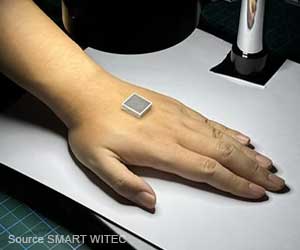Following an individual neuron in the brain, as it flexes and moves within the cranium, is an almost impossible job.

The actuators can be heated to several hundred degrees Celsius and cooled again about 1,000 times every second and each cycle can move the electrodes towards or away from the neurons, with around 540 cycles needed to extend the probe all the way.
“The idea that we could build this system to achieve multiple millimeters of total displacement out of a micron-scaled device was a significant milestone. We used electrostatic actuators in the past, but the thermal actuator provides much higher force, which is needed to move the probe in tissue”, Sandia engineer Michael Baker said.
Source-Medindia
 MEDINDIA
MEDINDIA



 Email
Email





